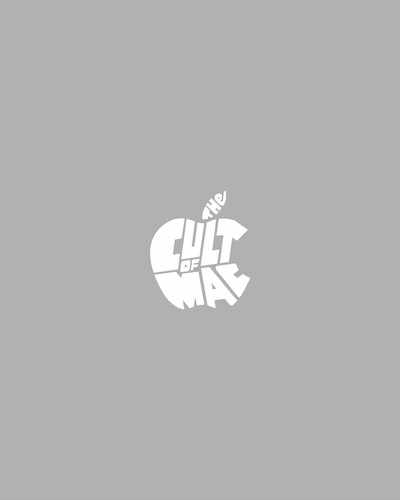
In 1997, Steve Jobs had just returned to Apple, the company he had cofounded
a decade before. Apple was in deep financial trouble and in serious danger of
going out of business. Customers were fleeing in droves to cheaper pcs running
Microsoft Windows. Of course, Windows was a pale imitation of the then-famous
Macintosh operating system, but no one knew or cared except a small band of
diehard Apple users.
And it was these diehard users who banded together to save Apple. This
rapidly dwindling tribe of steadfast fans fought to save the company and products
they loved.
This was also when the internet was first taking off, thanks to easy-to-use
web browsers like Mosaic and Netscape Navigator. For the first time, the internet
became accessible to large numbers of people.
A longtime Apple fan myself, I was working as a reporter for Wired.com at the
time. I had just left MacWeek, the long-running weekly news magazine about the
world of Apple. Unfortunately, like a lot of other businesses in the Apple ecosystem,
MacWeek had gone out of business.
As I started covering Apple news for Wired.com, I became more and more
interested in the emerging Apple culture online. I found scores of websites, pages,
and forums that Apple fans published to show their brand devotion and defend
the dying company. Newsletters like the MacEvangelist countered streams of bad
news about the company by reporting only good news. There were pages devoted
to origami Macs and picture galleries of folks who had Apple tattoos and haircuts.
Apple fans were spending countless hours arguing the merits of Apple on
internet forums and in blog comments. Most fascinating to me were the passionate
people who volunteered to work at stores like CompUSA (without pay or any other
compensation) so that Apple would be better represented to customers.
When I visited Japan in 2002 for the last Macworld Tokyo, I was delighted to
learn that Japanese Apple fans were even more ardent than their US counterparts.
I discovered clubs for folks who decorated their machines with traditional Japanese
designs and groups devoted to a particular PowerBook that they kept alive with
custom modifications.
Having grown up in Britain in the late 1970s, when youth culture was domi-
nated by teenagers who expressed their allegiance to different subcultures though
music and fashion (punks, mods, new wavers, and so on), I was amazed that a
computer brand could inspire such devotion in people. Apple fans formed a dedi-
cated subculture not unlike outlaw bikers, anime cosplayers, or Trekkies.
In 2006, I published the stories I’d written over the years about Apple fandom
in a book called Cult of Mac, named after a blog at Wired where some of the articles
were originally published. In 2009, the Cult of Mac blog became independent, and it
continues to report on Apple news today.
XII
XIII
..................Content has been hidden....................
You can't read the all page of ebook, please click here login for view all page.
